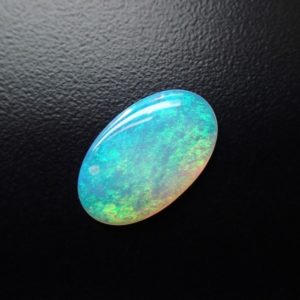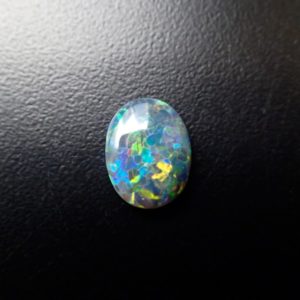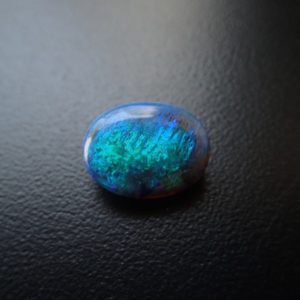Opal
Our Opal Collection
Treatment / Enhancement
Since opal’s chemical structure contains water, which may evaporate from the stone and cause cracking, they are sometimes soaked in oil or water to prevent dehydration. Due to the precious nature of fine opal, it is often sliced very thin and mounted on a piece of common opal or onyx to create an opal doublet. Sometimes quartz is layered over top the top for protection. This is referred to as a triplet. To imitate black opal, a porous opal is immersed in a super saturated sugar solution then soaked in sulfuric acid which carbonizes with the sugar leaving microscopic carbon specks that blacken the body color making its flashes of color more visible.
Origin
Until the latter part of the 19th century most opal was found in Czechoslovakia. Currently opal comes primarily from Australia and Mexico. The Australian opal can be found in many forms and colors. The most famous deposits are at Lightning Ridge, Coober Pedy, Andamooka, and Queensland. The finest black opal are from Lightning Ridge. Boulder opals are from Queensland. Smaller deposits are found in Brazil, Guatemala, Honduras, Indonesia and the US (Nevada and Idaho).
Folklore
Ancient Romans dubbed opal the Queen of Gems because they encompass colors of all other gemstones.


Care
Treat all opals with care. It is softer than many other gemstones and therefore store safely to avoid scratching by other jewelry or gemstones. Don’t expose opals to heat or acid, avoid ultrasonic and steam cleaners.
